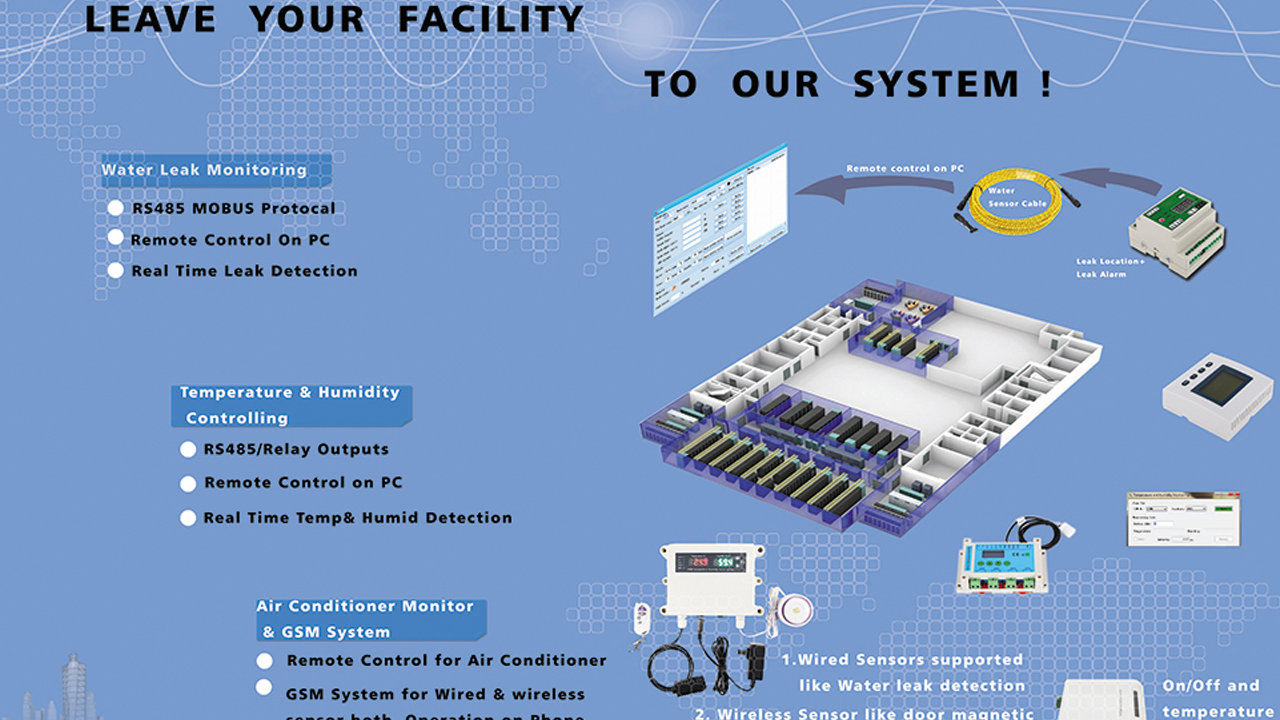Temperature controllers play a vital role in maintaining precise temperature conditions across a wide range of applications, ranging from industrial processes to household appliances. Also, temperature controllers are designed to monitor and regulate temperature levels, ensuring optimal performance, safety, and energy efficiency.
How to Choose Temperature Controllers
Selecting the right temperature controller is crucial to achieving precise and efficient temperature regulation for your specific application. With a wide range of options available on the market, it can be challenging to determine which controller best suits your needs. To help you make an informed decision, follow this step-by-step guide on how to choose temperature controllers.
Ensure Compatibility with Temperature Sensors
When choosing temperature controllers, ensure that the temperature controller you choose is compatible with the type of temperature sensor you plan to use. Different controllers support various sensor types, such as thermocouples, RTDs, or thermistors. Verify that the controller's input range matches that of your selected sensor.
Evaluate User Interface and Display
An intuitive user interface and a clear display are essential for easy setup and monitoring. Consider temperature controllers with user-friendly interfaces, such as LCD displays or touchscreens. An accessible human-machine interface (HMI) can simplify programming and troubleshooting.
Check Communication and Connectivity Options
If your application requires remote monitoring or integration with other devices or systems, consider temperature controllers with communication protocols like Modbus, Profibus, or Ethernet connectivity.
Review Safety Features
For critical processes or applications where safety is a concern, look for temperature controllers with built-in alarms, limit settings, and safety shut-off features to prevent overheating or temperature fluctuations.
Read User Reviews and Seek Expert Advice
Research user reviews and seeks advice from experts or industry peers who have experience with the temperature controllers you are considering. Their insights can provide valuable information about real-world performance and reliability.
Compare Prices and Warranty
Finally, compare prices from different suppliers and manufacturers to find a temperature controller that fits your budget without compromising on quality. Check the warranty terms to ensure adequate coverage for your needs.
Benefits of Temperature Controllers
Temperature controllers offer numerous benefits across various industries and applications. Some of the key advantages of using temperature controllers are explained below.
Precision and Accuracy
Temperature controllers provide precise and accurate temperature regulation, ensuring that the desired temperature set point is maintained with minimal fluctuations. This level of control is crucial in processes that require consistent and reliable temperature conditions.
Energy Efficiency
By maintaining temperatures at the desired set point, temperature controllers help optimize energy usage. They prevent unnecessary energy consumption by avoiding temperature overshooting or undershooting, leading to cost savings and reduced environmental impact.
Improved Product Quality
In manufacturing and industrial processes, temperature control directly affects product quality. Temperature controllers ensure that products are produced consistently to meet specific quality standards, reducing defects and increasing customer satisfaction.
Conclusion
Temperature controllers are indispensable devices that have revolutionized various industries, from manufacturing to research. Understanding the different types of temperature controllers, their components, and applications is essential for achieving accurate and reliable temperature control. Whether in a home setting or an industrial process, proper temperature regulation ensures safety, quality, and efficiency.


